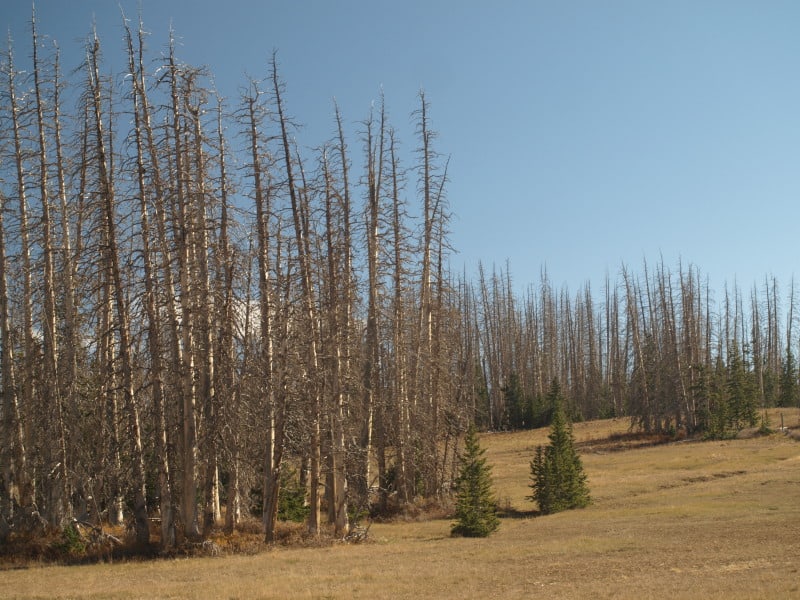Great piece by Stephanie Ogburn in High Country News here (Thanks to Matthew for finding it).
Yet the switch comes with its own set of costly hassles — and questions about the value of government outsourcing meant to save money. While the Forest Service won’t comment on the decision to switch to eRecruit, a service offered by an Australian company NGA.net, or on its dealings with Avue, employees within the agency currently aren’t able to access any data from Avue, including thousands of job descriptions it needs to populate the new system. (Known as position descriptions, or PDs, these are key for matching applicants with jobs.) And not only are are Forest Service employees unable to access old data. If they have downloaded copies of position descriptions from Avue, they aren’t allowed to use those either. An agency memo lays it out:
“In no event … can you use a PD (position description) from the Avue system, in whole or in part, to create a new or modified PD in the new eRecruit system.” The Forest Service is also in ongoing negotiations with Avue about accessing that old data, but won’t comment on that either.
Linda Rix, CEO of Avue Digital Services, says the focus on the missing position descriptions misses the point, though. She says eRecruit isn’t able to do many of the complex tasks that Avue did, and that is partly why the transition has been difficult. “What eRecruit is doing for the Forest Service is about 40 percent of what we were doing for the Forest Service.”
And despite the difficulties of using Avue, its complexity had a purpose, she adds. When the Forest Service contracted with Avue, says Rix, it was at pains to implement a system where “you can definitely show that you are not practicing discriminatory hiring.” Avue’s system does this, she says, because it “auto-calculates” matches based on specific job and legal criteria like the Fair Labor Standards Act, matching people — regardless of race or gender — based on the position needs and their own skill set. The new system, says Rix, lacks these capabilities.
Forest Service employees might argue that the auto-calculation was precisely what they wanted to get rid of. Avue’s automated application screening process, according to a 2011 GAO report, “frequently result(ed) in situations where highly qualified candidates were wrongly eliminated from consideration or unqualified candidates were listed along with qualified candidates.” Employees, particularly those in the wildfire program, complained about these baseless disqualifications as well as the overall difficulty of the application process.
Admittedly, it’s not easy to be a giant federal agency, with thousands of applications for seasonal openings needing to be evaluated every year. Yet, by 2013, one would hope that the U.S. Forest Service would have figured it out. The Bureau of Land Management, NOAA and a number of other agencies use jobs giant Monster.com, but instead of joining that system, the Forest Service’s jump to eRecruit is part of the U.S. Department of Agriculture’s overall shift to a comprehensive human resources management program called “OneUSA,” which aims to provide a simpler way for the whole Agriculture Department to hire qualified candidates.
Sharon’s questions: What is the USDA thinking? And why can’t they tell Forest Service folks why they need to buy solutions that appear to be second-rate compared to other agencies? And if you tick off all the diverse candidates due to your application process, how does that help you meet your goals? Is there some research that shows that diverse people are more likely to put up with bureaucratic bizarreness? Not to speak of all the dedicated employees who are simply trying to hire qualified people and you are torturing… I had a boss once who wanted to outsource the administrative part of our region to the BLM, which was located right down the road from our Regional Office. He seems wiser, in retrospect, on that issue, as time goes on.






